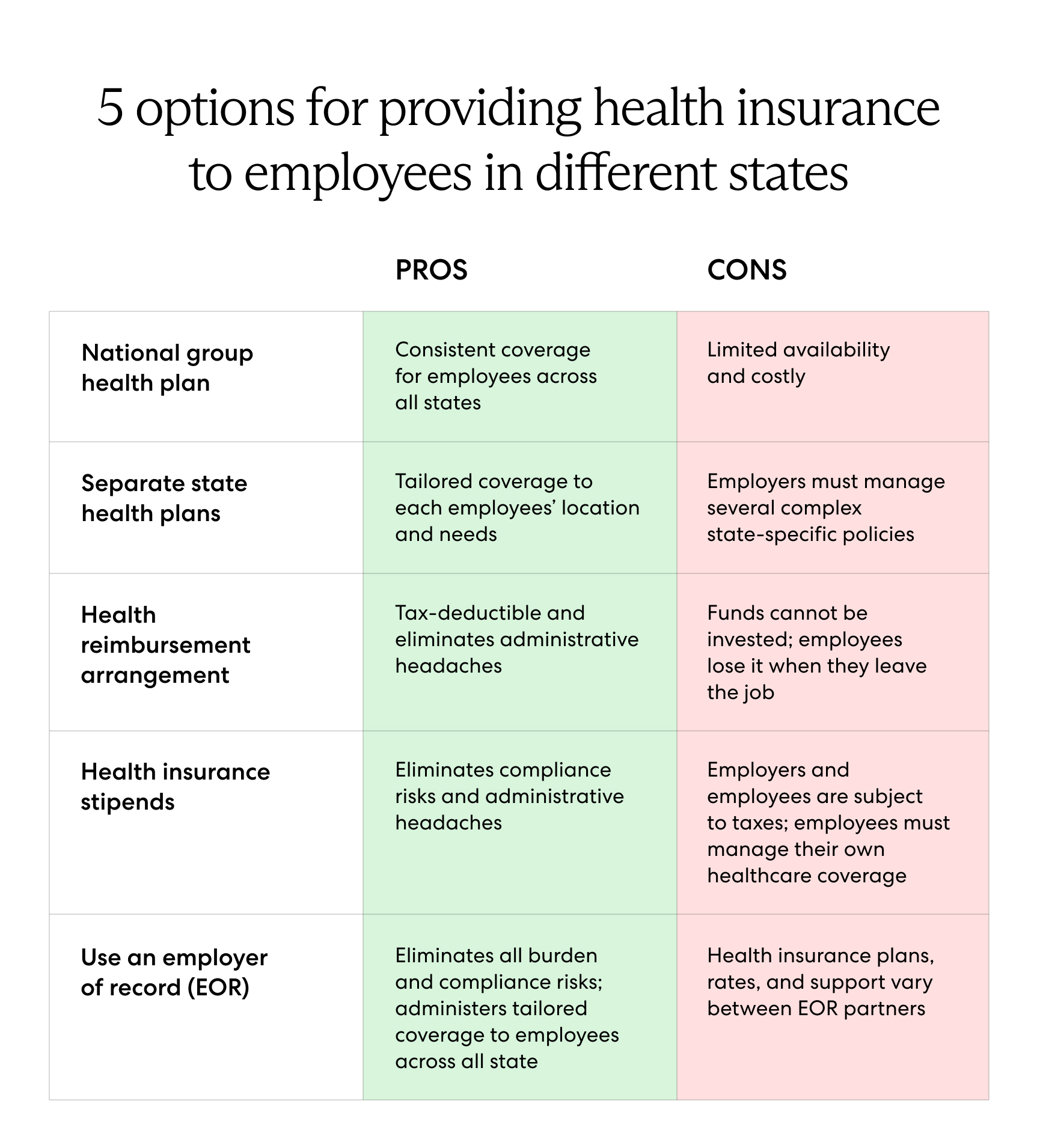Health Insurance Coverage for All: Breaking Down the Cost Barriers-www.waukeshahealthinsurance.com-www.waukeshahealthinsurance.com
The high cost of health insurance is a significant obstacle, preventing individuals and families from securing the necessary coverage to protect their health and well-being. This article explores the multifaceted issue of healthcare affordability, examining the factors contributing to high costs and proposing potential solutions to expand health insurance coverage for all.

The escalating cost of healthcare in the United States is a complex problem with no single, easy solution. Several key factors contribute to the high price tag of health insurance:
1. The High Cost of Medical Care: The underlying cost of medical services – doctor visits, hospital stays, prescription drugs – has been steadily increasing for decades. This rise is driven by several factors, including technological advancements (leading to more expensive treatments and procedures), an aging population with increased healthcare needs, and the rising cost of prescription drugs. These underlying costs directly impact the premiums individuals and employers pay for health insurance.
2. Administrative Costs: The US healthcare system is notoriously complex, with numerous insurance companies, providers, and government agencies navigating a tangled web of regulations and billing processes. This complexity leads to significant administrative costs, which are ultimately passed on to consumers in the form of higher premiums. Streamlining administrative processes and simplifying billing could significantly reduce these costs.
3. Lack of Price Transparency: The lack of transparency in healthcare pricing makes it difficult for consumers to compare costs and make informed decisions. The opaque nature of billing practices often leads to unexpected and exorbitant medical bills, further contributing to the financial burden of healthcare. Increased price transparency could empower consumers to make more cost-effective choices.
4. Inefficient Healthcare Delivery: The US healthcare system is often criticized for its inefficiency. Lack of coordination between providers, unnecessary tests and procedures, and a focus on fee-for-service models rather than value-based care all contribute to higher costs. Moving towards a more integrated and efficient system could significantly reduce overall healthcare expenditures.
5. Pharmaceutical Pricing: The cost of prescription drugs in the US is significantly higher than in other developed countries. The complex interplay between pharmaceutical companies, insurance companies, and government regulations contributes to this high cost, placing a significant burden on individuals and the healthcare system as a whole.
Addressing the Cost Barriers: Potential Solutions
Expanding health insurance coverage requires a multi-pronged approach that tackles both the cost of healthcare and the affordability of insurance. Several strategies could significantly improve access to affordable healthcare:
1. Expanding Public Programs: Expanding access to public health insurance programs like Medicaid and the Affordable Care Act (ACA) marketplaces could significantly increase coverage. This could involve expanding eligibility criteria, increasing subsidies to make premiums more affordable, and simplifying enrollment processes. For more information on ACA plans and coverage in your area, explore options available through resources like www.waukeshahealthinsurance.com.
2. Negotiating Drug Prices: The government could negotiate lower prices for prescription drugs, similar to what occurs in other developed countries. This could significantly reduce healthcare costs for both individuals and the overall system.

3. Promoting Preventative Care: Investing in preventative care, such as vaccinations and screenings, can help prevent costly illnesses and hospitalizations in the long run. This approach focuses on proactive healthcare, reducing the need for expensive interventions later.
4. Implementing Value-Based Care: Shifting from a fee-for-service model to a value-based care model would incentivize providers to focus on quality and efficiency, rather than simply the volume of services provided. This could lead to significant cost savings while improving the quality of care.
5. Increasing Price Transparency: Mandating greater price transparency in healthcare could empower consumers to make informed decisions and choose more cost-effective options. This could include requiring hospitals and providers to publicly disclose their prices for common procedures and services.
6. Addressing Social Determinants of Health: Addressing social determinants of health, such as poverty, lack of access to healthy food, and inadequate housing, can improve overall health outcomes and reduce healthcare costs in the long run. Investing in social programs that address these issues can have a significant impact on healthcare affordability.
7. Utilizing Technology: Technology can play a significant role in improving healthcare efficiency and reducing costs. Telemedicine, electronic health records, and data analytics can streamline processes, improve coordination of care, and reduce administrative burdens.

The Role of Individual Responsibility and Employer-Sponsored Plans:
While addressing systemic issues is crucial, individual responsibility and employer-sponsored plans also play a significant role. Individuals can take steps to manage their health, such as maintaining a healthy lifestyle, adhering to prescribed treatments, and seeking preventative care. Employers can offer competitive health insurance plans and encourage employee wellness programs to promote healthy lifestyles and reduce healthcare costs. Finding the right employer-sponsored plan can be simplified by utilizing online resources and consulting with insurance brokers, such as those available through www.waukeshahealthinsurance.com.
Conclusion:
Achieving health insurance coverage for all requires a comprehensive approach that tackles the high cost of healthcare and the affordability of insurance. By implementing a combination of policy changes, technological advancements, and individual responsibility, we can move closer to a system that ensures access to quality healthcare for all Americans. The journey to affordable healthcare is a complex one, but by addressing the underlying cost drivers and exploring innovative solutions, we can create a more equitable and sustainable healthcare system for the future. For assistance navigating the complexities of health insurance options and finding a plan that meets your needs, consider consulting with experts in your area. You can find valuable resources and assistance by visiting www.waukeshahealthinsurance.com.

